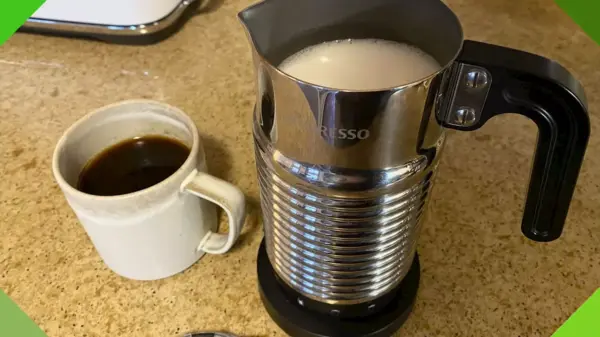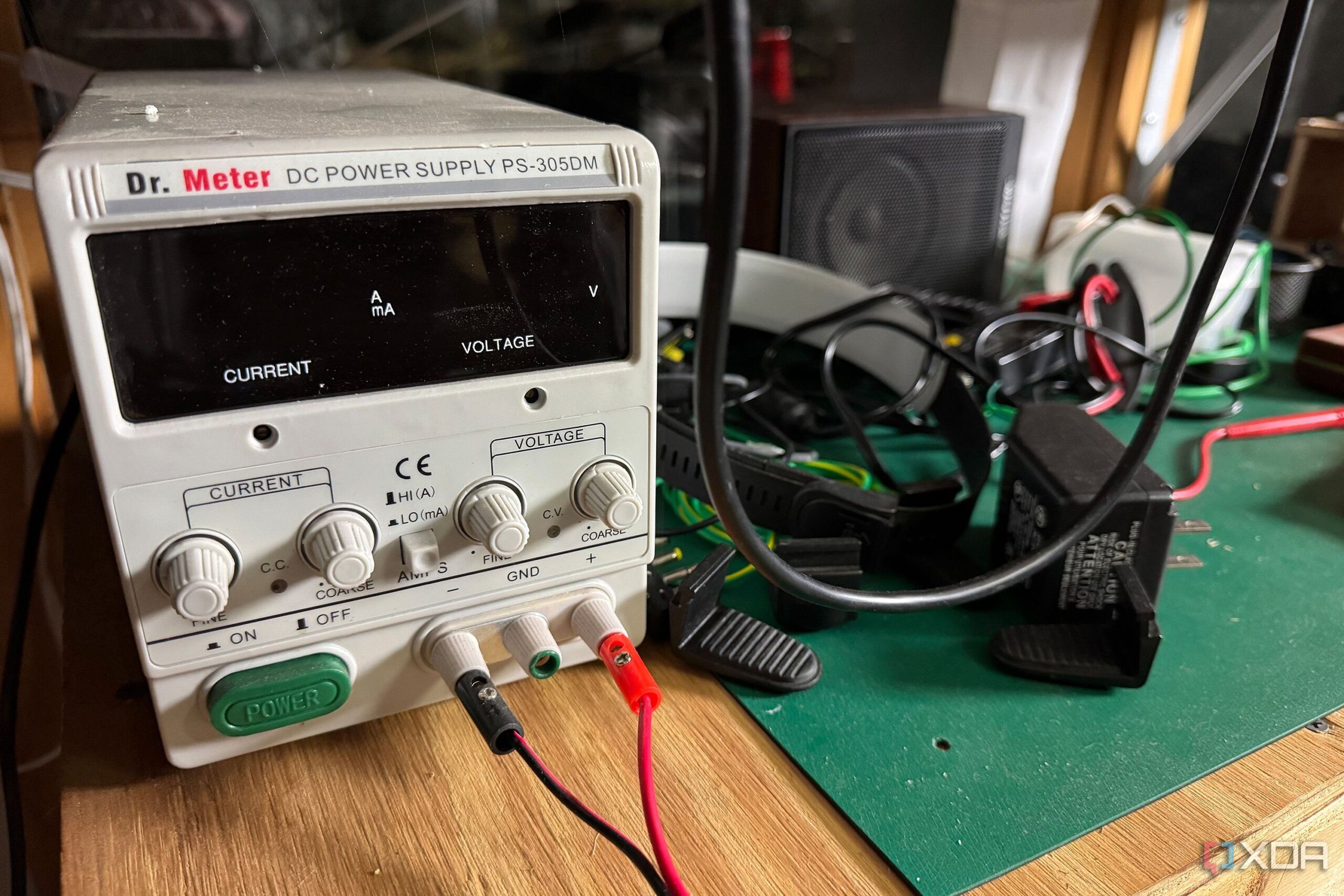UPDATE: New insights reveal that PC users could drastically cut their energy bills starting today with simple adjustments. Experts highlight seven actionable steps to reduce power consumption, addressing a growing concern for households facing rising utility costs.
The urgency is clear: your PC may be wasting energy even when idling. Every component, from the CPU to the case fans, can contribute to unnecessary power draw. This isn’t just about your monthly bill; inefficient operation leads to wasted energy and excess heat. With many people now working from home, optimizing your PC’s energy usage has never been more critical.
1. Cut Startup Programs
The first step is to assess your startup programs. Many applications, like game launchers and chat apps, start automatically, consuming power before you even begin working. Open Task Manager by pressing Ctrl + Shift + Esc, navigate to the Startup tab, and disable unneeded programs. This simple action can significantly lower your baseline power usage.
2. Minimize Background Processes
Background processes are silent energy consumers. Use Task Manager to identify these applications, especially those running unnecessary checks or updates. Be cautious when disabling processes to avoid system instability, focusing on non-Microsoft applications to keep your system safe.
3. Adjust Power Settings
Windows Power Plans can optimize your PC’s energy efficiency. Switch from the default High Performance plan to either Balanced or Power Saver. These plans reduce CPU clock speeds during idle times, drastically cutting down power consumption and heat production.
4. Optimize Sleep and Display Timers
It’s easy to forget about your monitor. Set your display to turn off after just 5 to 10 minutes of inactivity, and configure your PC to enter sleep mode afterward. This simple adjustment can lead to significant energy savings, especially for small business owners and remote workers.
5. Upgrade to an Efficient PSU
When considering hardware upgrades, focus on your Power Supply Unit (PSU). An 80 Plus Gold or Platinum rated PSU converts AC power into DC more efficiently, wasting less energy as heat. The difference in performance can be striking, especially during idle periods.
6. Choose the Right Hardware
Avoid overpowered components for everyday tasks. A high-end GPU or CPU may not be necessary for basic usage. Consider undervolting your components to improve energy efficiency without sacrificing performance. Even modest adjustments can yield a 10 to 20% reduction in power draw.
7. Utilize Alternative Devices
If you have multiple computers, use a low-power device for light tasks. Integrated graphics can handle everyday activities efficiently, allowing your high-performance machine to rest until needed. This strategy can lead to substantial savings, especially if your desktop remains on for long hours.
These steps are more than just energy-saving tips; they represent a shift towards mindful computing. Every change counts, and with energy costs on the rise, taking action now can lead to significant savings over time.
As more people work remotely and rely on technology, the push for efficient energy usage becomes increasingly important. By implementing these strategies, you not only save money but also contribute to a more sustainable future.
Stay tuned for more updates on energy efficiency and technology trends that impact your daily life. Share this information with friends and family to help them cut costs and enhance their computing experience.





































































